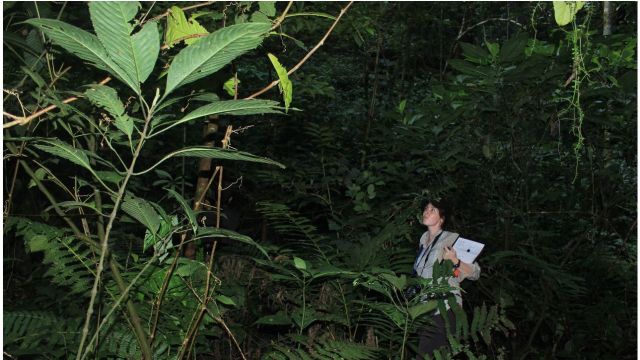Exploring fragmentation in the habitats of three Critically Endangered primates

Non-human primates in Vietnam are facing increasing threats to their survival due to habitat destruction as a result of human expansion and development. As a biodiversity hotspot, Vietnam is home to a high density of non-human primate species, including some of the most Critically Endangered primates in the world. Three of these endangered primates – the Cao Vit gibbon (Nomascus nasutus), the Tonkin snub-nosed monkey (Rhinopithecus avunculus) and the Cat Ba langur (Trachypithecus poliocephalus) – are under serious threat due to habitat reduction and fragmentation. While occupying different ranges across northern Vietnam, these three species all inhabit limestone karst forest, an understudied and seemingly inhospitable environment. Using a combination of in situ ecological sampling and GIS analysis to assess the habitat of these species and additional areas identified as areas of potential expansion, this study addresses the habitat fragmentation problem facing each species.
Findings suggest that for the Cat Ba langur and Cao Vit gibbon, there may be viable areas for habitat expansion, however the surrounding human matrix may make accessibility to these areas by primates increasingly difficult or impossible. Findings also suggest that the role of local communities in conversation efforts may have a considerable impact on the future of these species. This research provides critical information for conservation groups to plan for the future of these Critically Endangered species.
Kirrily Apthorp is a PhD Candidate in Biological Anthropology at the ANU School of Archaeology and Anthropology. This talk is her PhD exit seminar.
Location
Seminar Room 2/3, 120 McCoy Circuit, 2600 Canberra
Speaker
- Ms Kirrily Apthorp, Australian National University
Contact
- Dr Justyna Miszkiewicz02 6125 9295